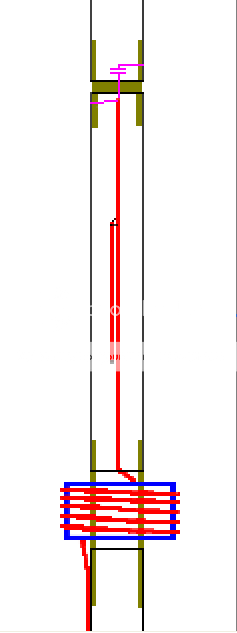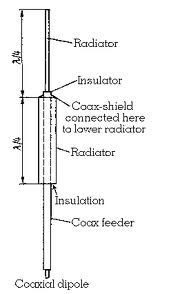Thinking about turning my 827 into a dipole in the same arrangement of the Gainmaster but a few things are bothering me.
Firstly after reading what Shockwave says about the choke not being a rf choke but actually determining the length of the lower half of the dipole I can see some problems in my adaption.
If I wind a choke around where my matching section used to be and run coax inside the lower 827 tube, there will be problems with attenuation and capacitance between the coax and the aluminium. I would have to isolate the top half of the dipole from the bottom which wouldn't be a problem and i could adjust the top half of the 827 to match the dipole arrangement.
The stub and the cap wouldn't be a problem but I can see problems running coax inside of the lower section.
Do you lot think that an aluminium lower section is impossible or could I get around it in some way.
Firstly after reading what Shockwave says about the choke not being a rf choke but actually determining the length of the lower half of the dipole I can see some problems in my adaption.
If I wind a choke around where my matching section used to be and run coax inside the lower 827 tube, there will be problems with attenuation and capacitance between the coax and the aluminium. I would have to isolate the top half of the dipole from the bottom which wouldn't be a problem and i could adjust the top half of the 827 to match the dipole arrangement.
The stub and the cap wouldn't be a problem but I can see problems running coax inside of the lower section.
Do you lot think that an aluminium lower section is impossible or could I get around it in some way.


